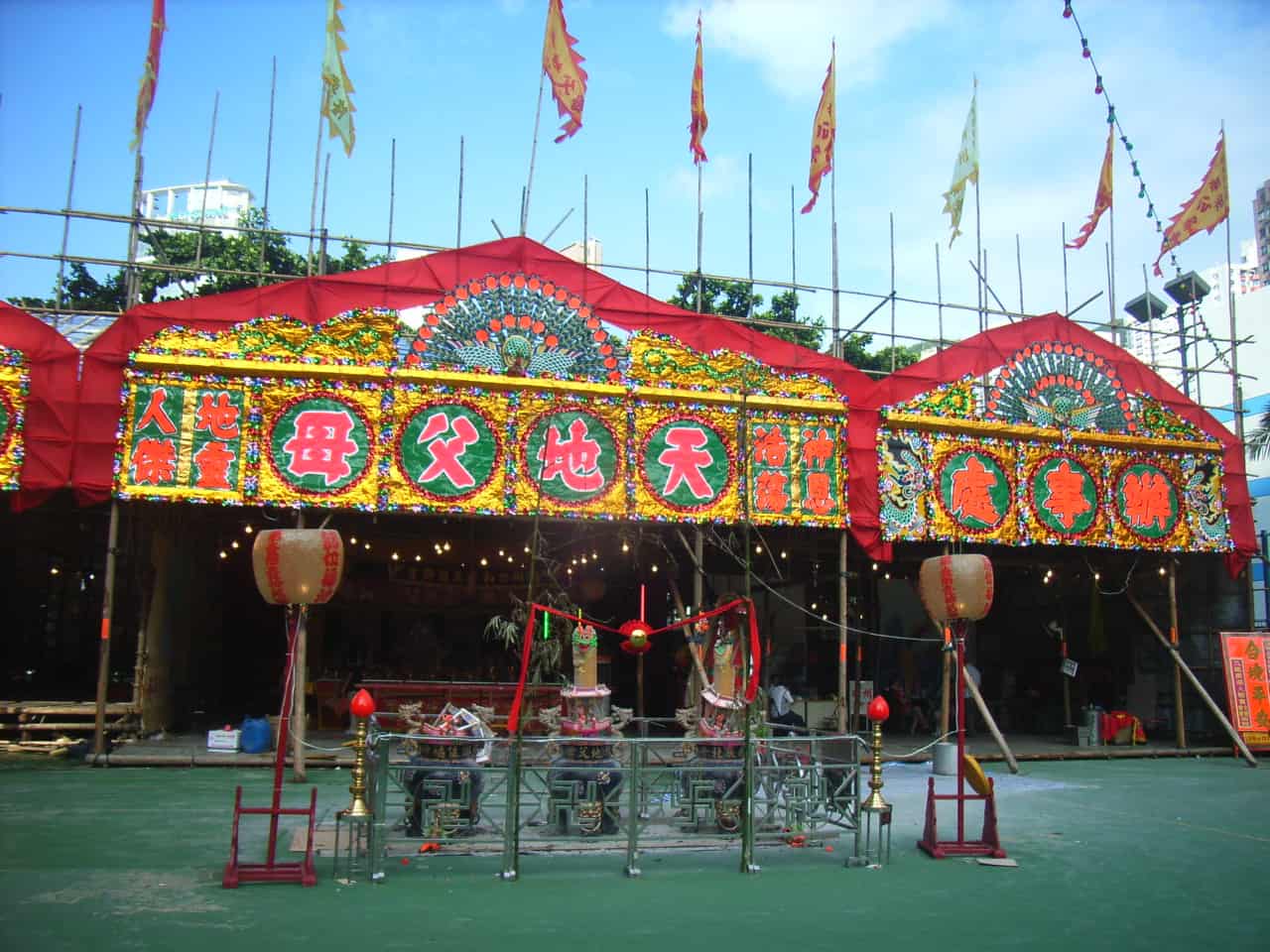 Wikimedia Commons
Wikimedia Commons
Hong Kong was under British rule for the better part of 150 years, and that has predictably rubbed off on its culture. In Hong Kong you’ll find a variety western traditions seen through the lens of a different culture, perhaps none more fully adopted or warped than the tradition of Halloween. Hong Kong’s new version of the hair-raising holiday make for event-filled days and exciting, Technicolor nights.
There is a vestige of the traditional Western Halloween celebrated on October 31, but the real attraction is the Asianized version called Yu Lan (The Hungry Ghosts Festival) in August. Hong Kong dedicates several days each year to honouring the dead, but Yu Lan is the only day they’re said to reward such effort by emerging from the lower planes and walking next to the living.
As with most Hong Kong celebrations, this one features gift-giving and family meals, but always with the twinge of dark humour associated with the West’s Halloween. Burning joss paper is a common activity, which involves setting papercraft offerings alight in an effort to send them down for use by the deceased. In fact, one popular tradition sees the burning of “Hell bank notes”, joss papers printed to resemble currency. Such financial gifts are thought to be useful in the underworld, and are often reserved for specially revered ancestors and deceased family members.

Most endearing is the pantomime of trick-or-treating that goes on in certain areas of the tiny nation. Particularly, Tsim Sha Tsui's Avenue of the Stars is a hotbed for such activity, often with humorously skewed translations of famous lines; “Trick and sweet!” is a commonly cited example. Several of the more multicultural districts will decorate with Halloween icons and colours, trying to lure expat North Americans and curious natives. Hong Kong Disneyland and Ocean Park are both known for their annual, Western-style Halloween parties, and both destinations become major hubs for the duration of the festival.
This is Hong Kong, though, so the main attraction is of course the parades and general celebration. Featuring many of the same excesses in color and budget as the Chinese New Year, Yu Lan is a feast for the senses. Street performers honour the dead and recreate past events with traditional Chinese flair, often in dragon costumes or huge, multi-person representations of famous mythical figures.
The Hungry Ghosts Festival ultimately centers on that idea: the ghosts are hungry, and Hong Kong residents leave out food to appease the ravenous spirits, feed them, and ease their time in the afterlife. In its essence, it’s not too far from the ancient foundations of our Halloween, but the modern expression is still truly something to behold.


